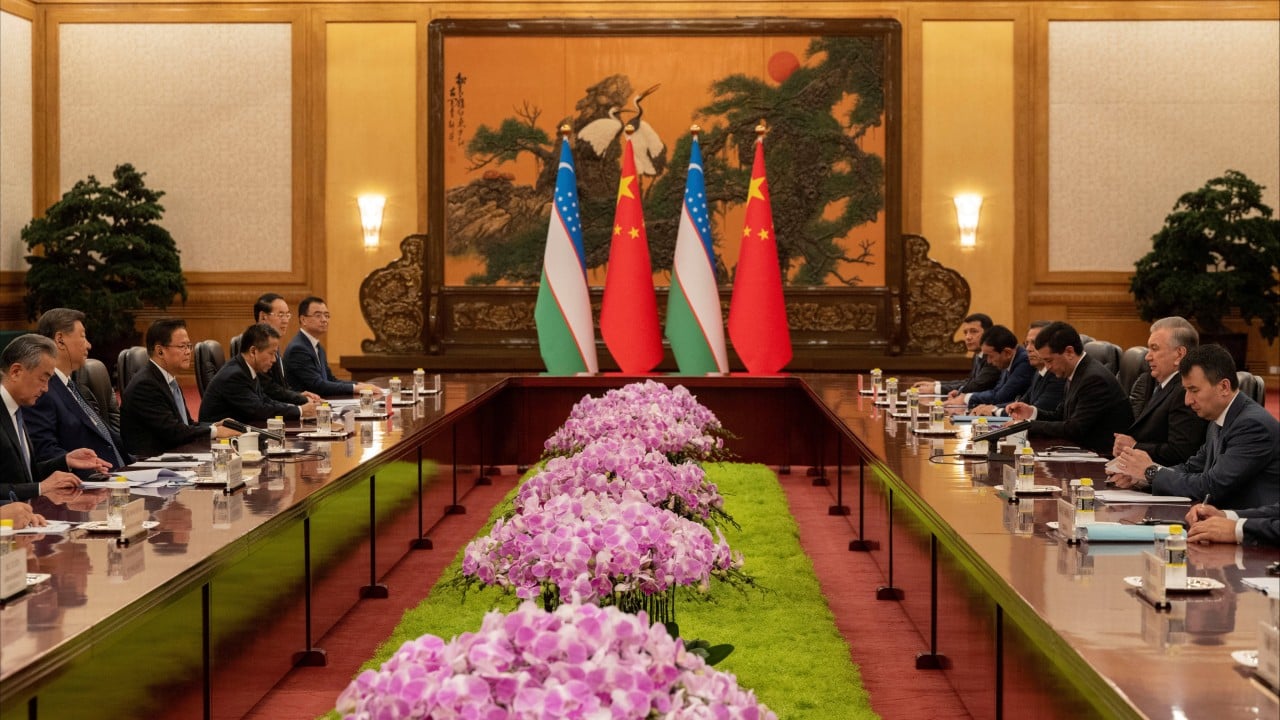Over the past year, the US has moved to expand cooperation with Central Asian countries on critical minerals. This is being done in an effort to limit China’s chokehold on the resources that are critical to a range of industries where Beijing and Washington are locked in competition.
Advertisement
Yet, the United States is lagging behind China in Central Asia. Beijing has long developed an efficient strategy to position itself as a dominant actor in the region’s critical minerals sector. Uzbekistan is a key focus of this engagement. In late July, the Association of Chinese Entrepreneurs in Uzbekistan proposed the establishment of a US$500 million investment fund to develop the country’s green minerals potential.
In early August, state-owned China National Gold Group reached an agreement with Uzbekistan to expand cooperation in geological exploration in promising areas for precious metals and critical minerals.
The Central Asian state boasts vast resources of minerals and metals, including copper. In 2024, China’s Limaomaoli Metal Company began building a mining complex in Tashkent which aims to produce 2.4 million tons of ore. Chinese companies also invested in other projects in Uzbekistan, such as a non-ferrous metal plant and a copper mining and processing facility, while a US$2.7 billion copper and silver development project has been proposed.
Chinese involvement in Uzbekistan is also part of an effort to sideline non-regional actors. Among the main importers of Uzbekistan’s copper and iron ore are the Netherlands and Turkey, while France is interested in developing uranium with Tashkent.
China doesn’t just have its eye on Uzbekistan, however. Taking a region-wide perspective allows Beijing to quickly tap emerging opportunities in all five countries and adapt to each country’s strategic needs.
Advertisement


